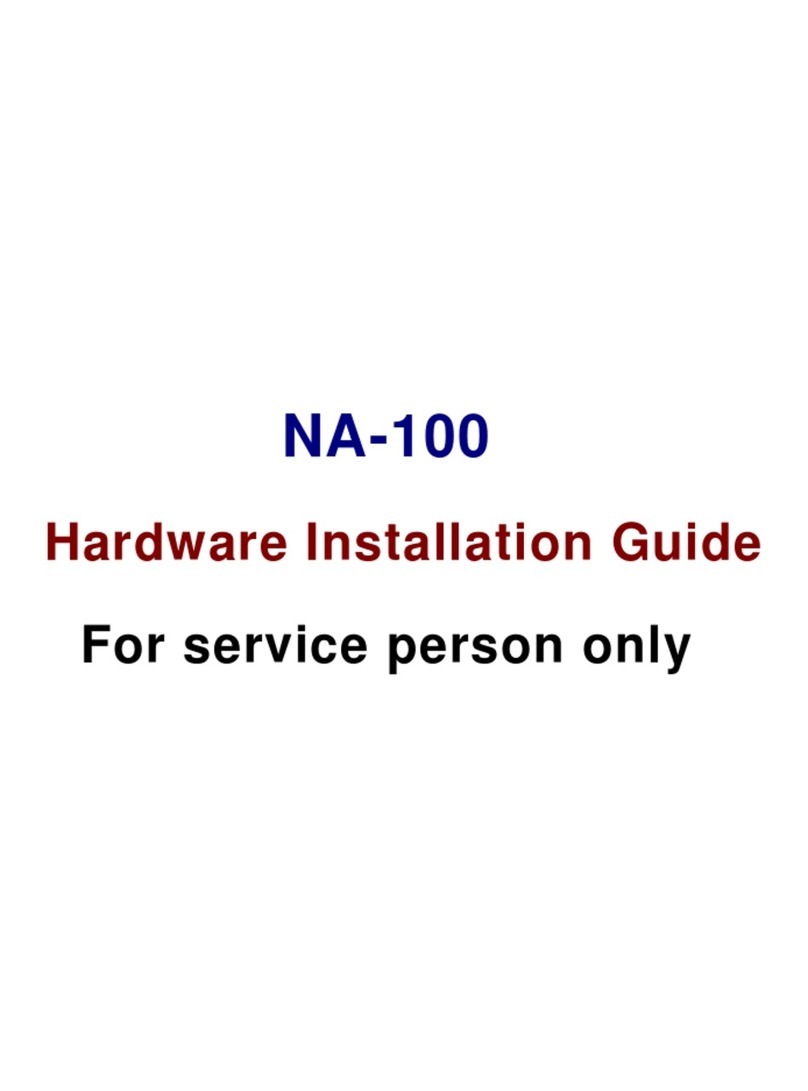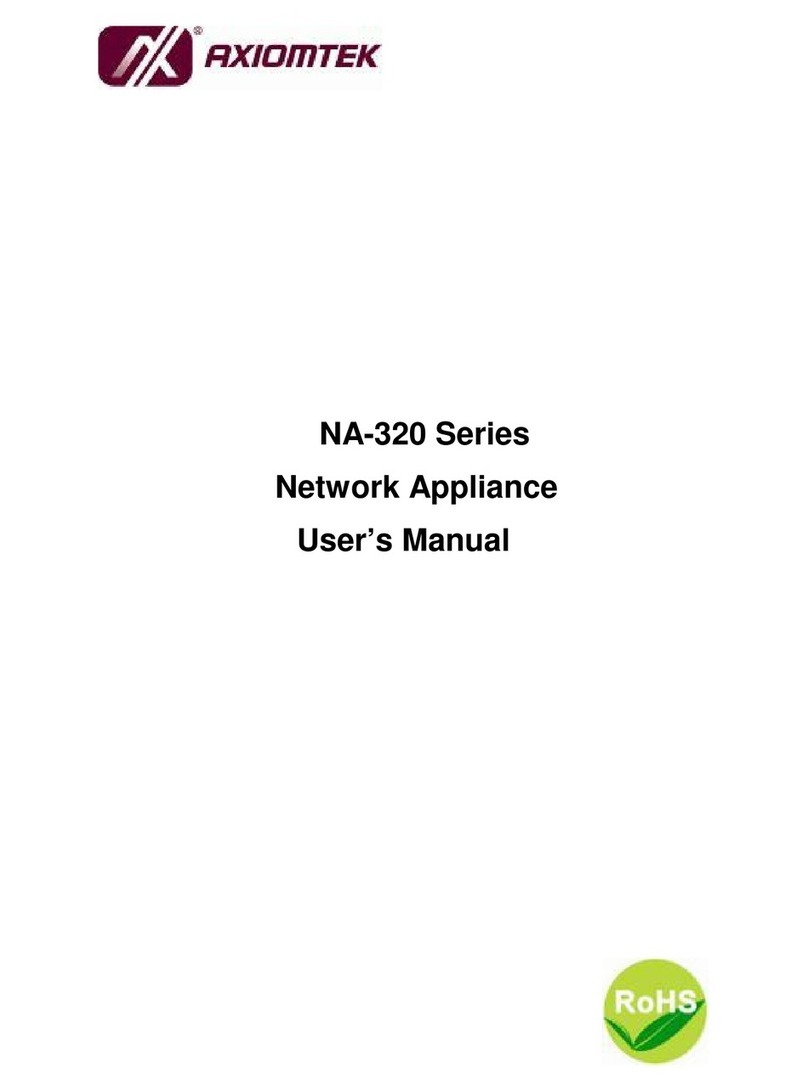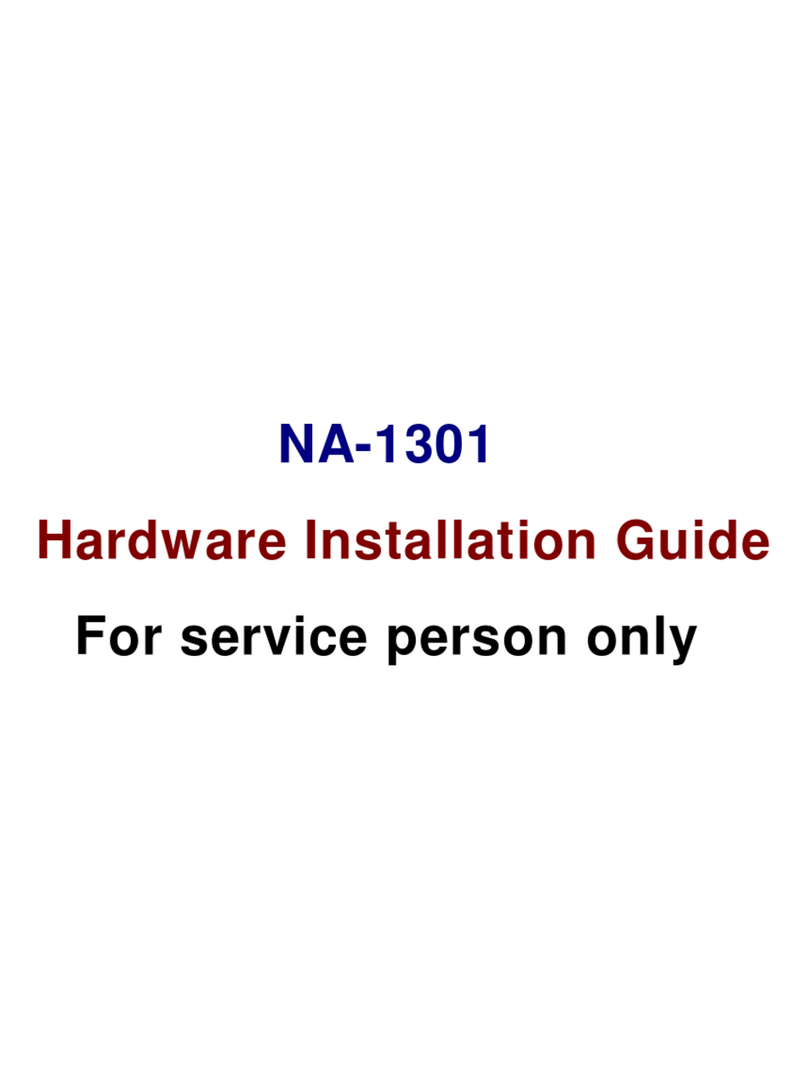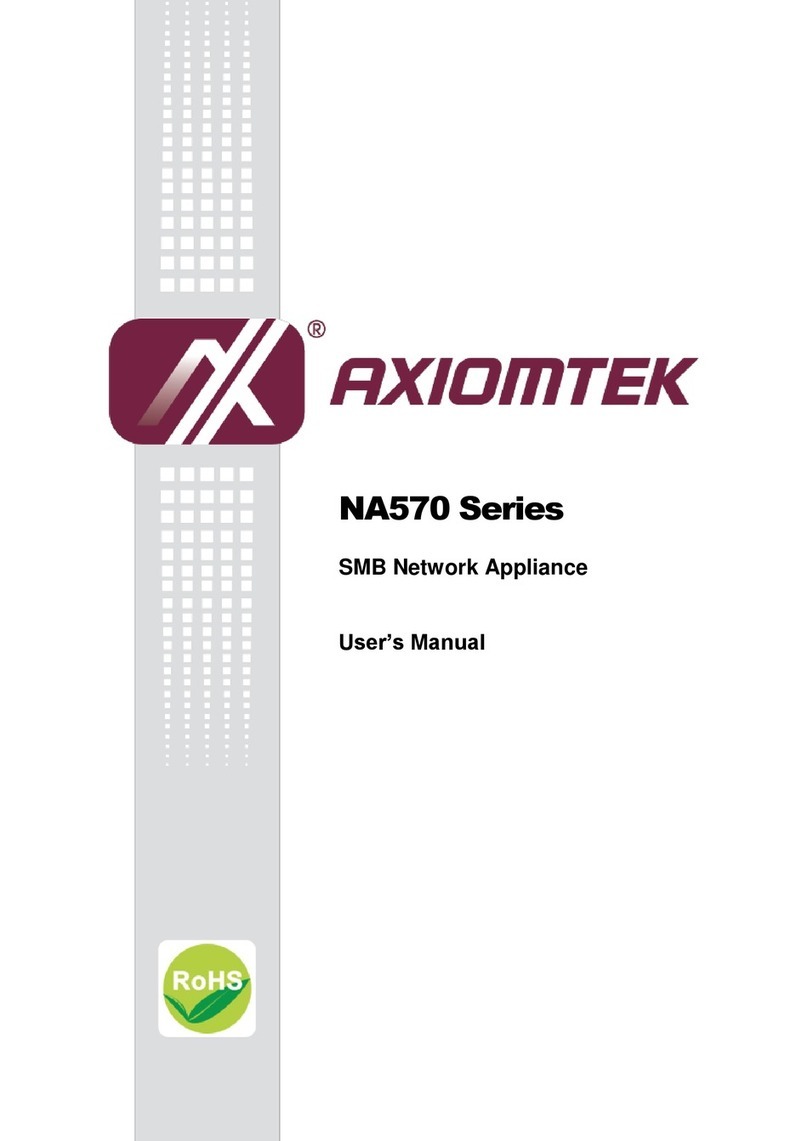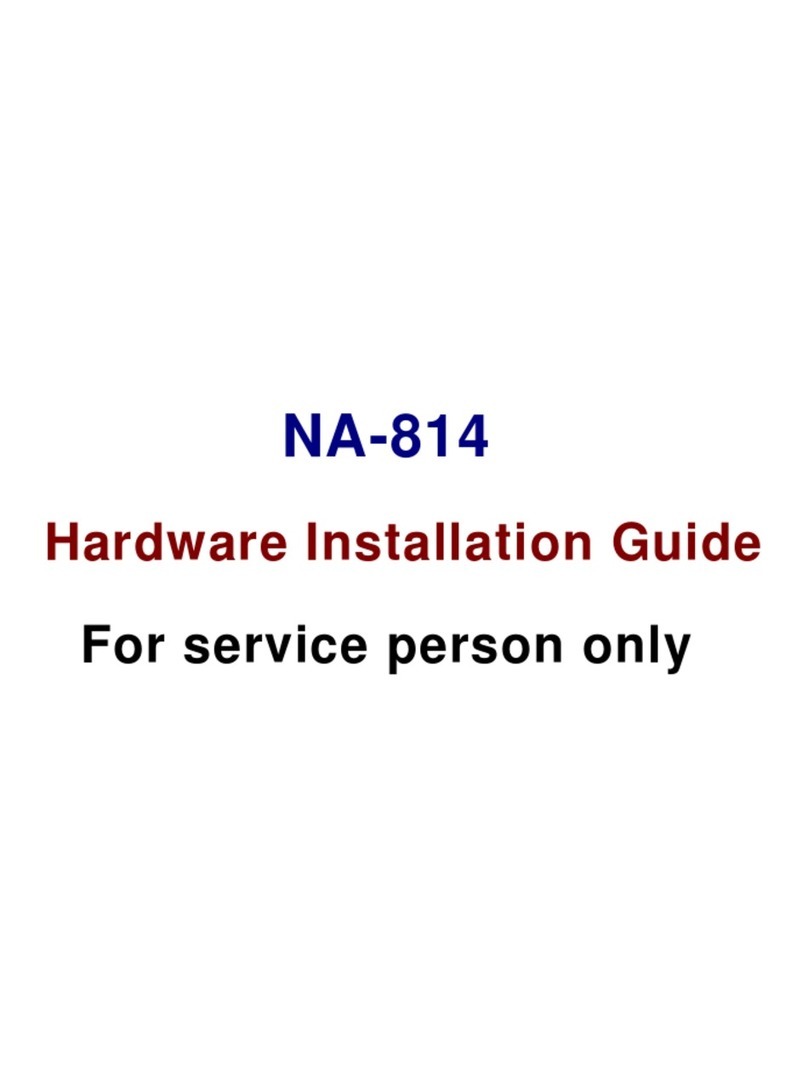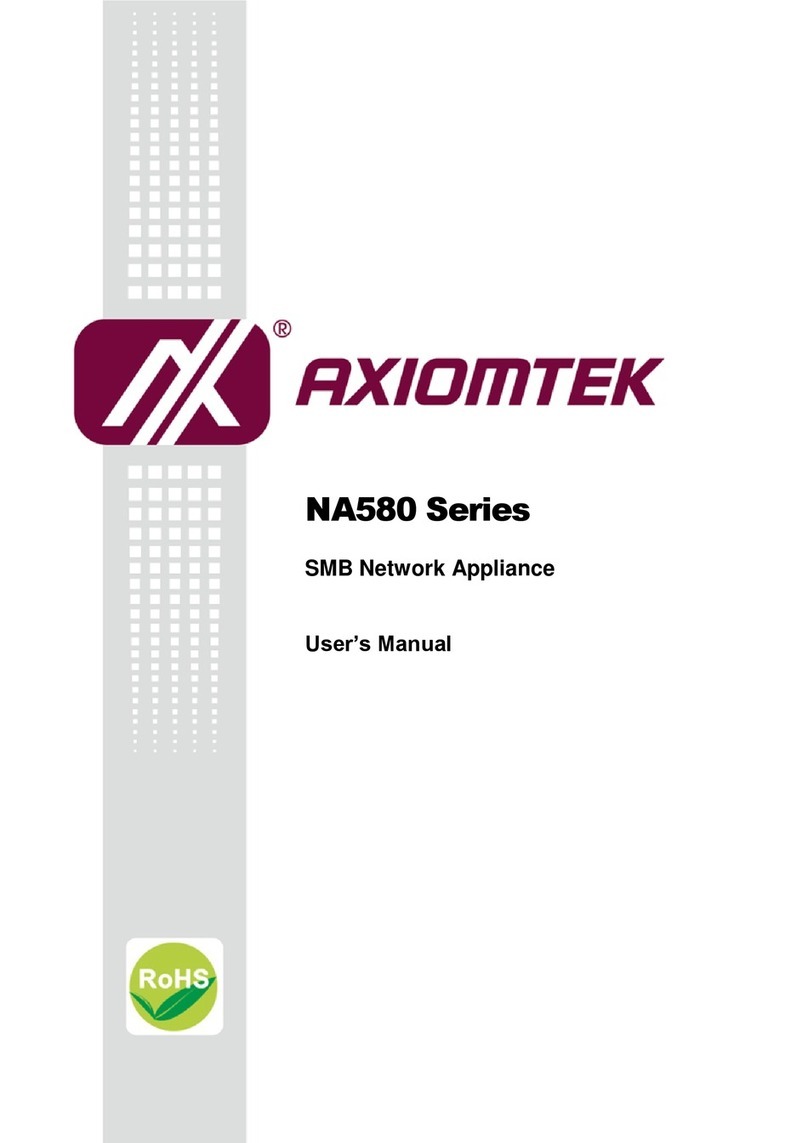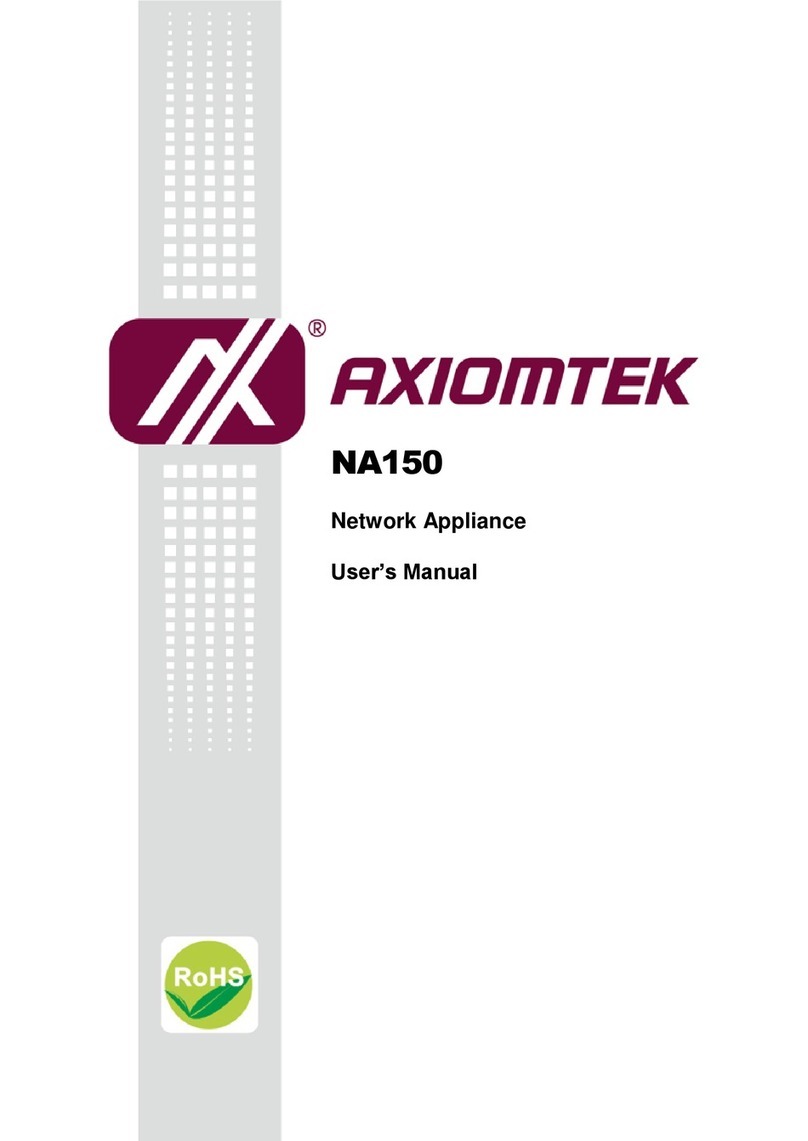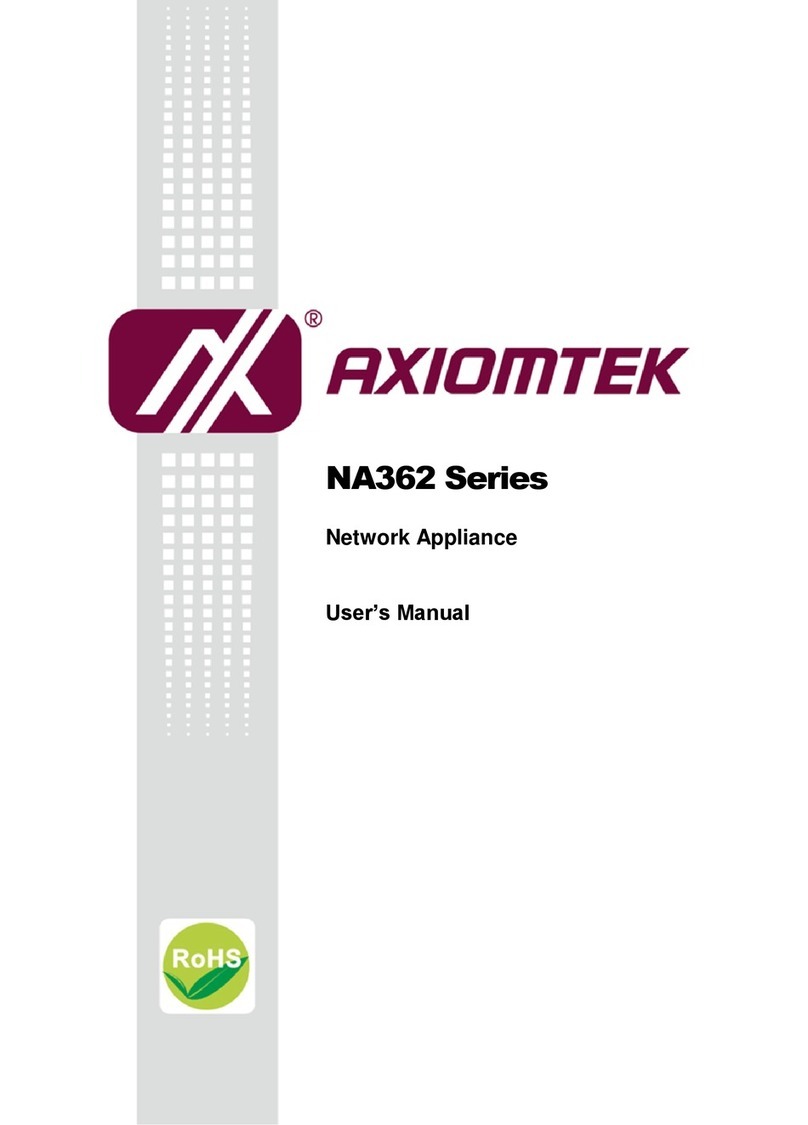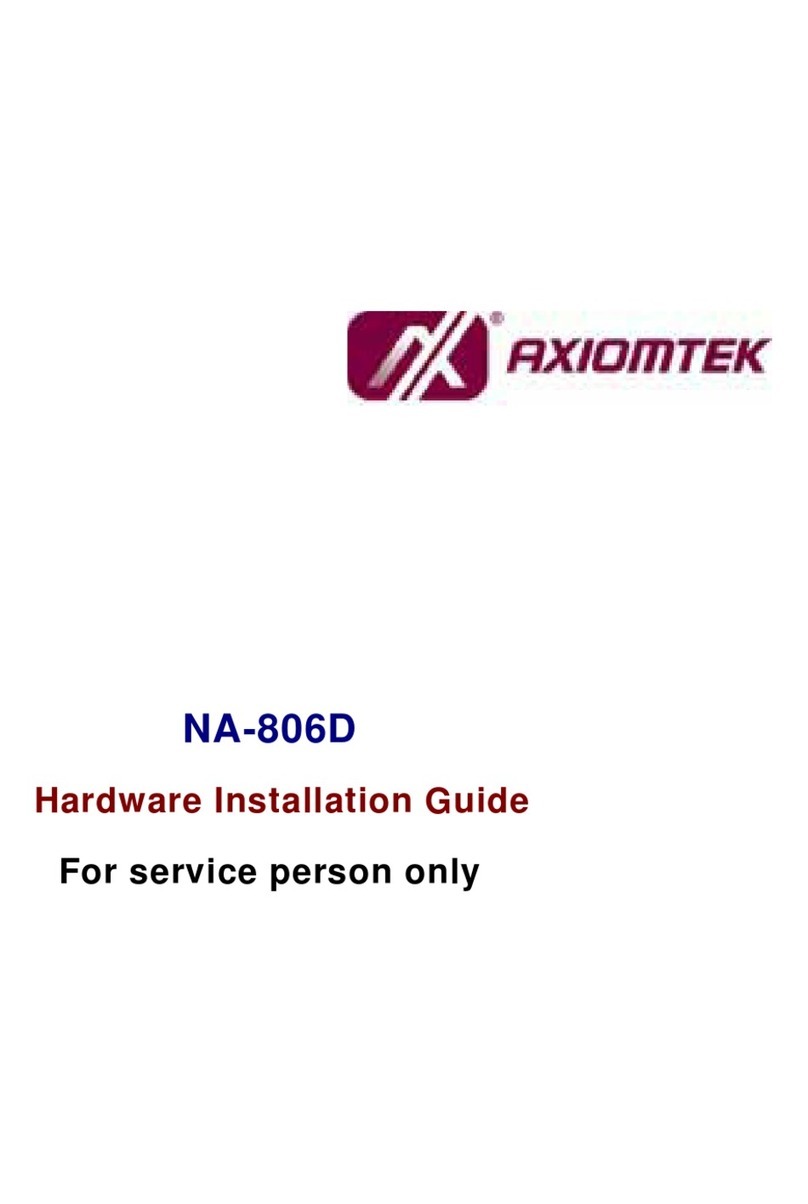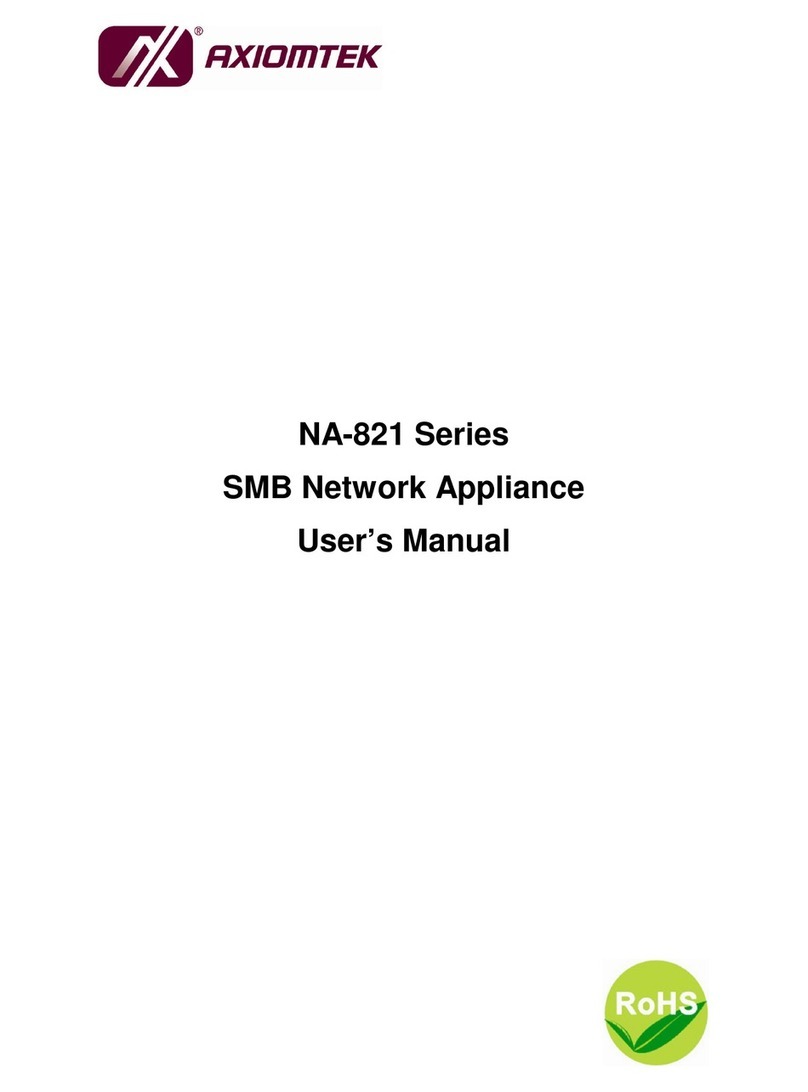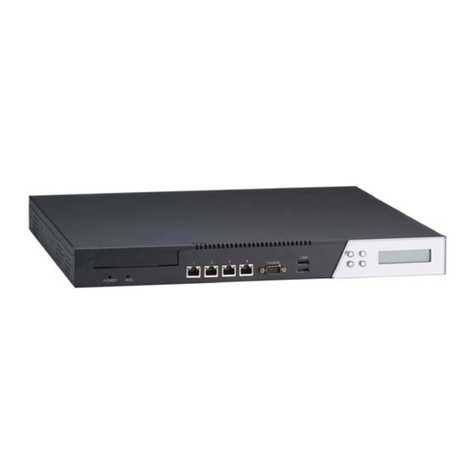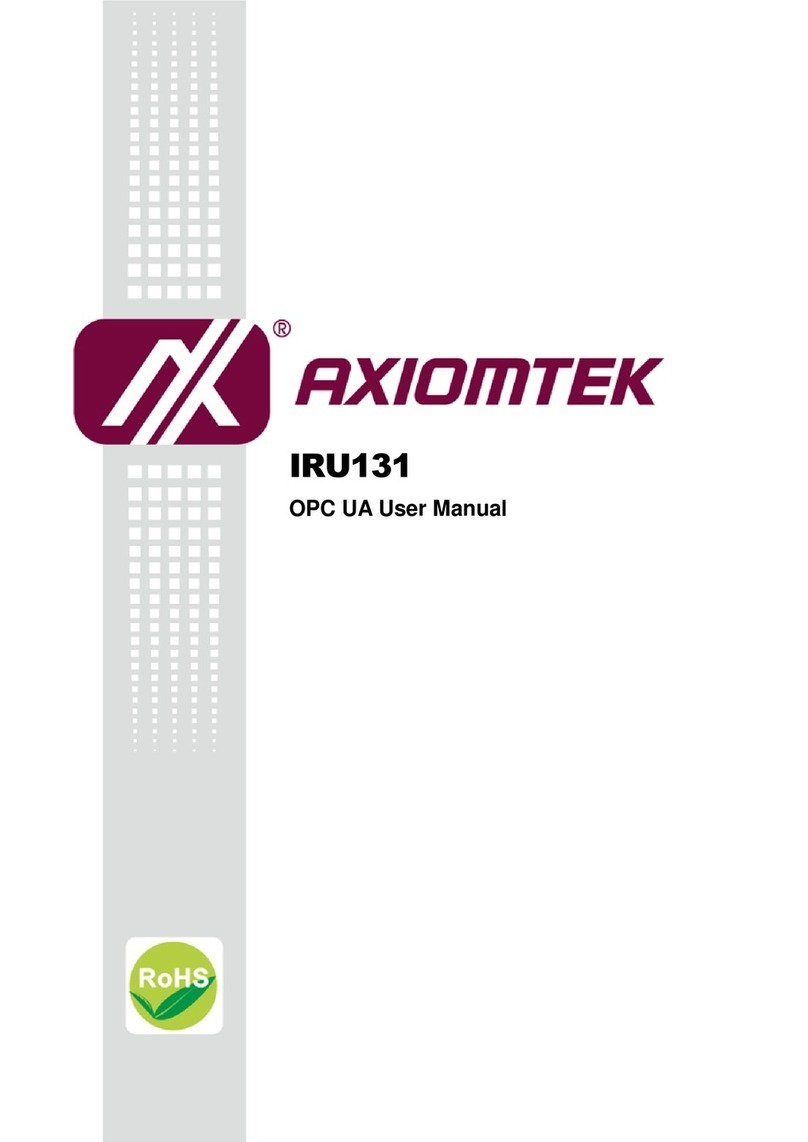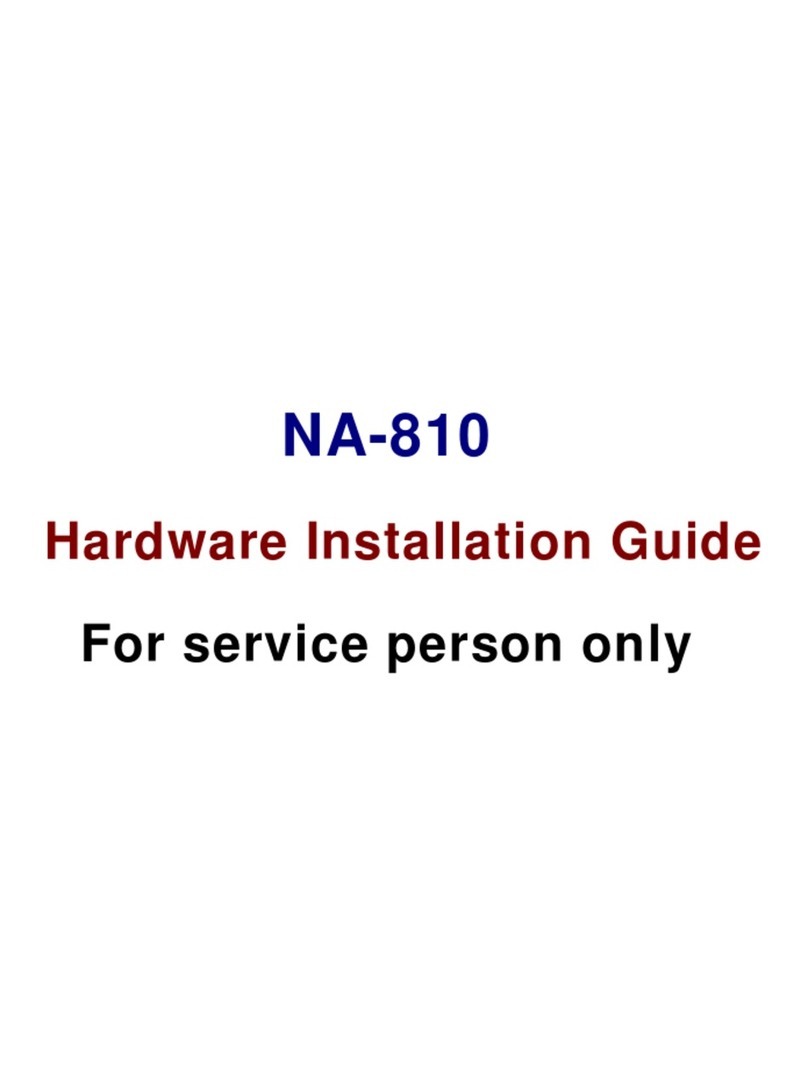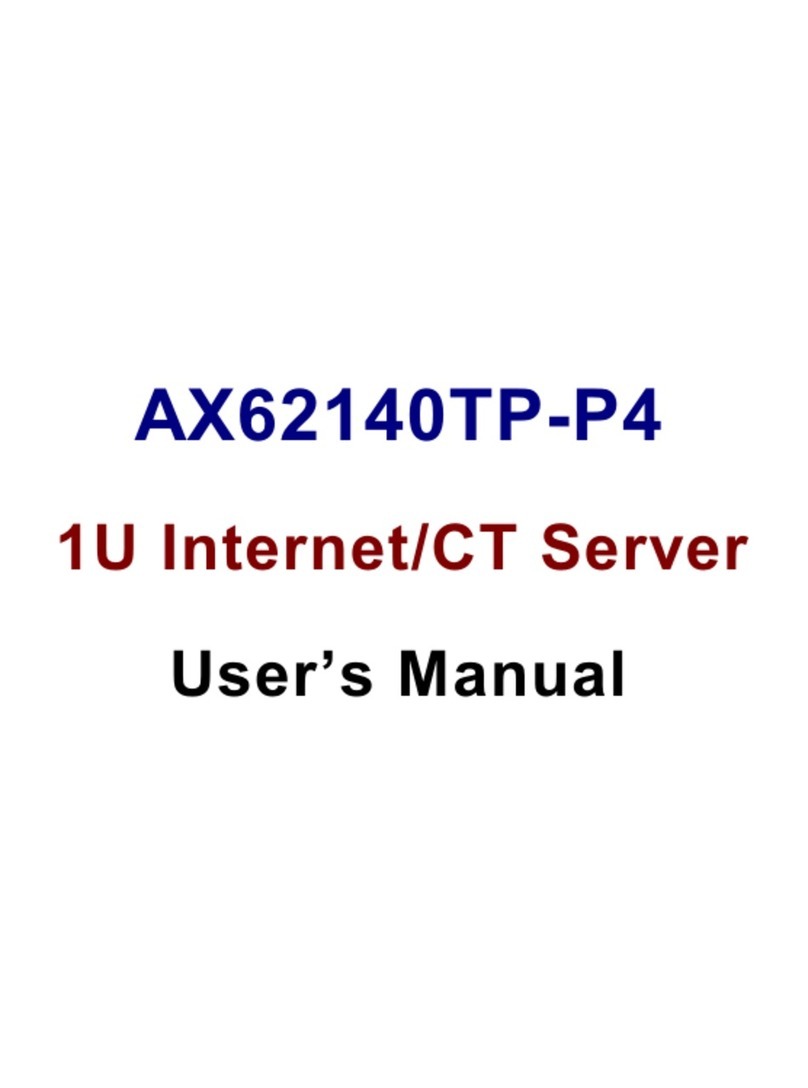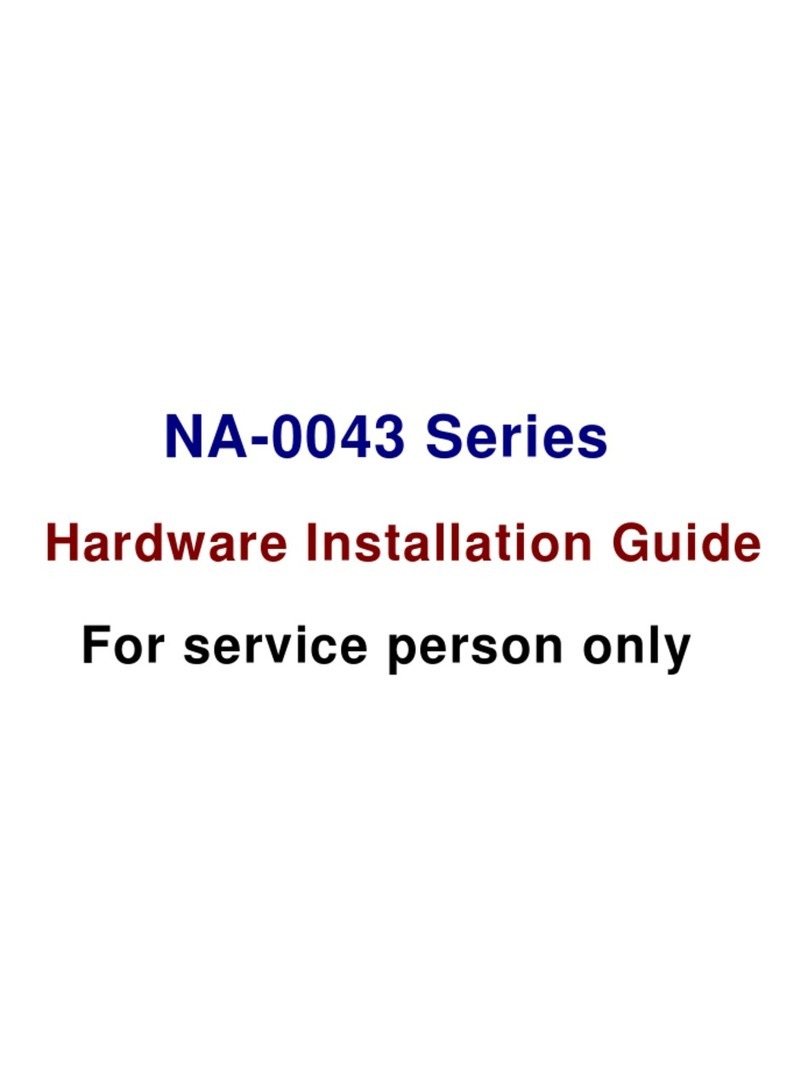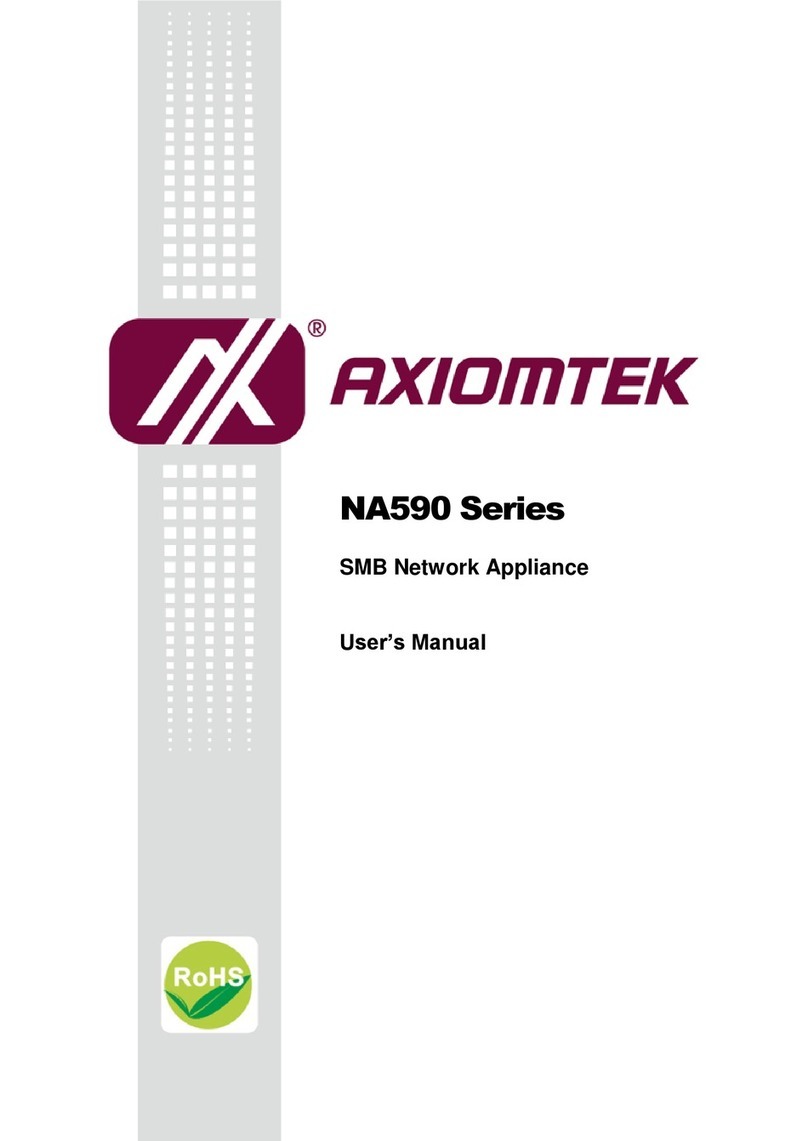v
Table of Contents
Disclaimers.....................................................................................................ii
Safety Approvals...........................................................................................iii
Safety Precautions........................................................................................iv
Chapter 1 Introduction
1.1 General Description............................................................................1
1.2 Features...............................................................................................1
1.3 Specifications......................................................................................2
1.4 Dimensions and Outlines ...................................................................4
1.5 I/O Outlets............................................................................................4
1.5.1 Front Panel.................................................................................................. 4
1.5.2 Rear Panel .................................................................................................. 6
Chapter 2 Hardware and Installation
2.1 Check List............................................................................................7
2.2 Board Layout.......................................................................................8
2.3 Jumper Settings..................................................................................9
2.3.1 Restore BIOS Optimal Defaults Jumper (JP4).......................................... 10
2.3.2 Auto Power On Jumper (JP5) ................................................................... 10
2.4 Connectors ........................................................................................11
2.4.1 PS/2 Keyboard and Mouse Connector (CN1)........................................... 12
2.4.2 VGA Connector (CN2)............................................................................... 12
2.4.3 8-pin ATX 12V CPU Power Connector (CN4)........................................... 12
2.4.4 SATAPower Connector (CN6).................................................................. 13
2.4.5 USB Connector (CN7)............................................................................... 13
2.4.6 24-pin ATX Power Connector (CN10)....................................................... 13
2.4.7 Front Panel Connector (CN11).................................................................. 14
2.4.8 COM2 Connector (COM2) ........................................................................ 14
2.4.9 System Fan Connectors (FAN1 ~ FAN4).................................................. 15
2.4.10 Serial ATA Connectors (SATA1 and SATA2) ............................................. 15
2.5 Hardware Installation........................................................................16
2.5.1 Installing the CPU...................................................................................... 16
2.5.2 Installing the Memory................................................................................ 19
Chapter 3 AMI BIOS Setup Utility
3.1 Starting...............................................................................................21
